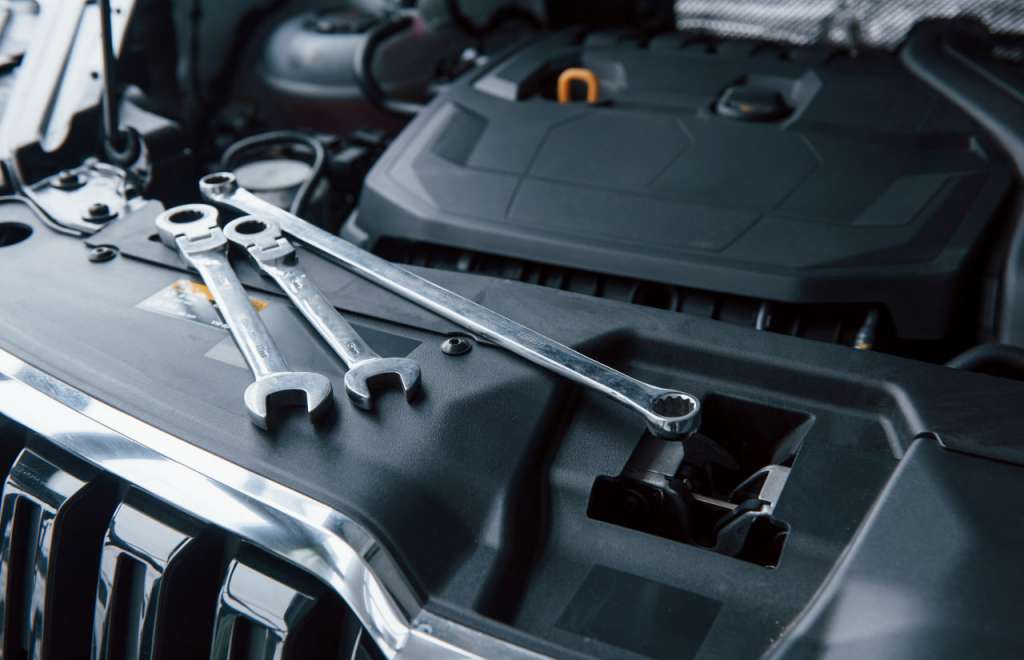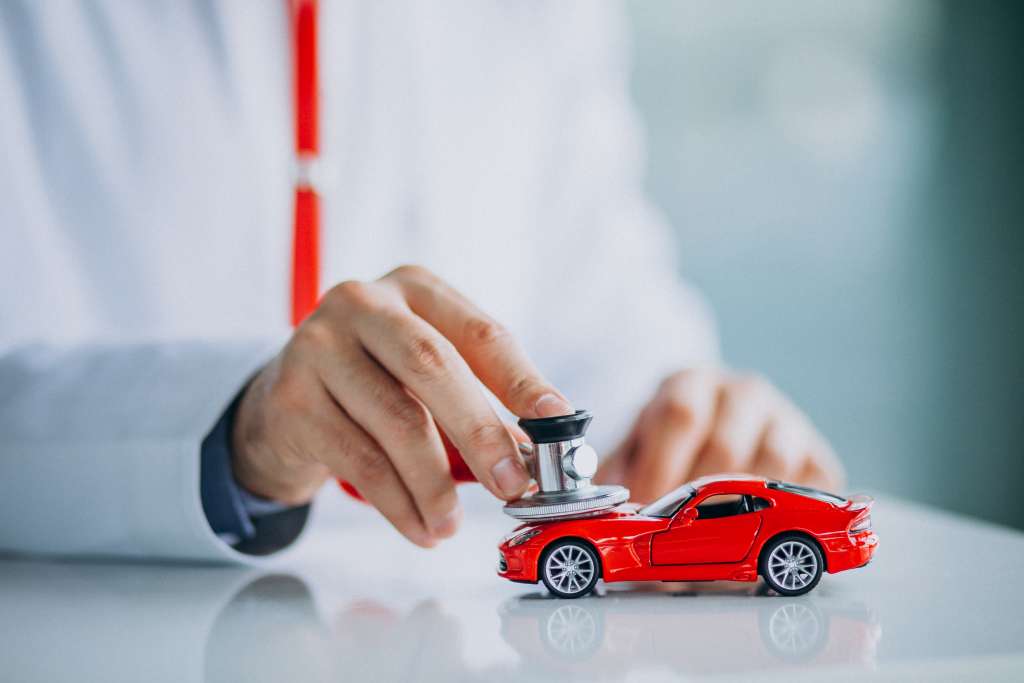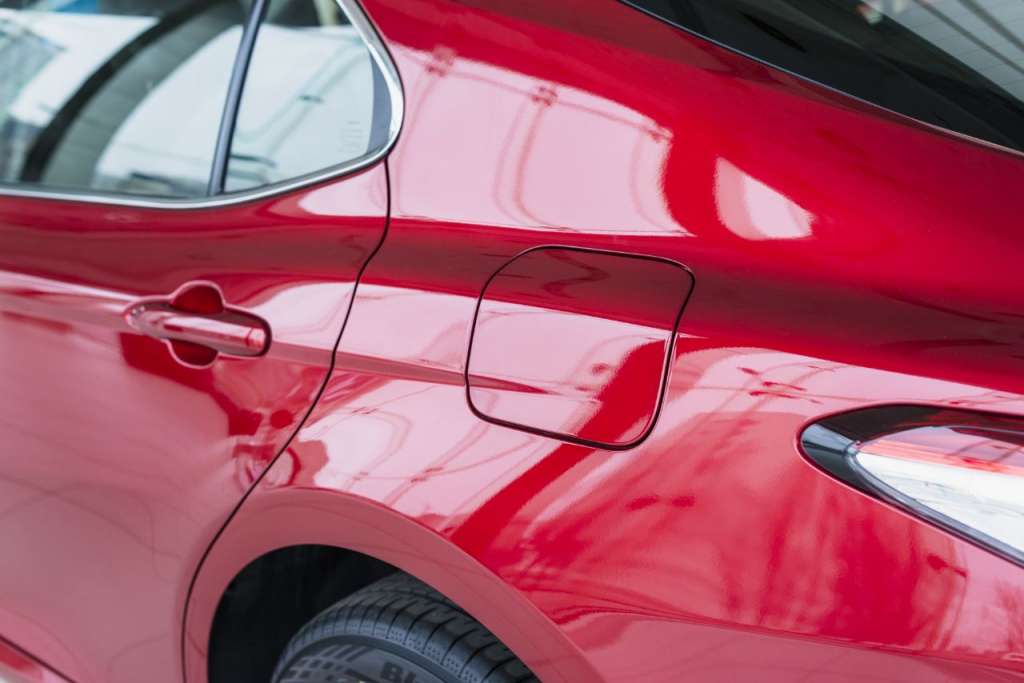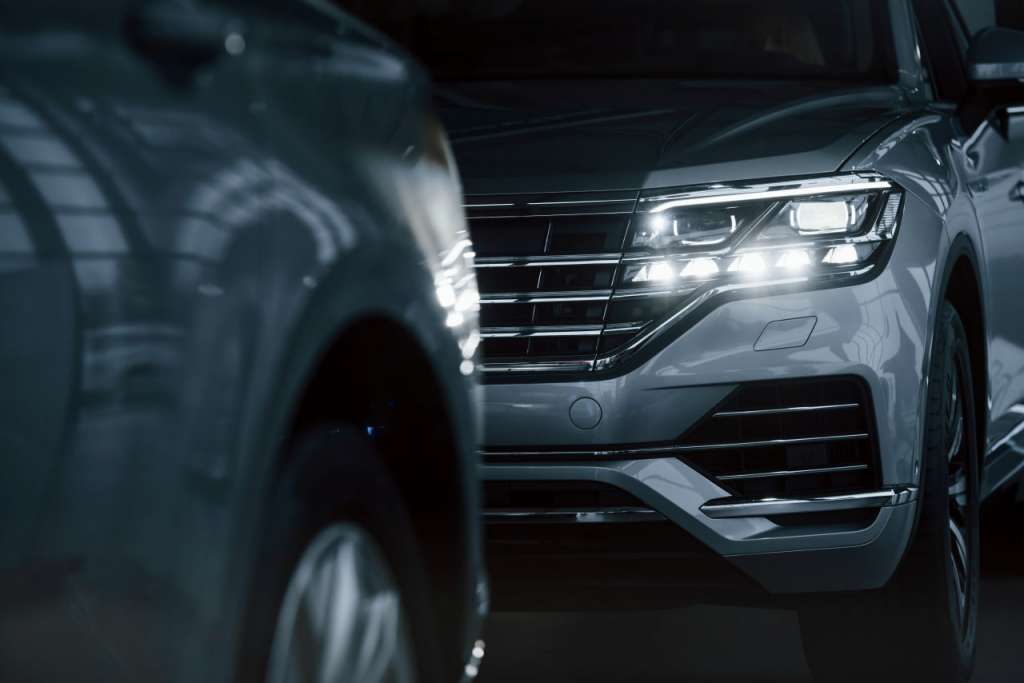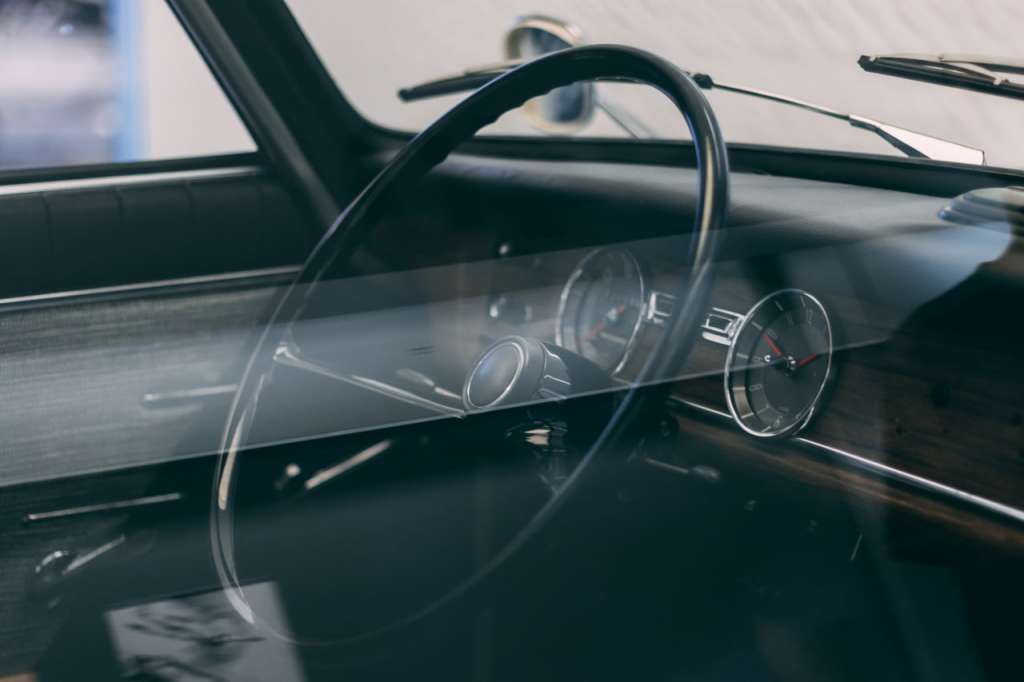Selling a vehicle is a complex and often lengthy process. It also comes with many unpleasant aspects: setting the right price, dealing with numerous potential buyers who often try to haggle and gain their advantage, and facing the risks of fraud when transferring money. To achieve a quick and hassle-free sale without problems and unnecessary stress, you need to follow certain rules and procedures. Let’s look at some tips on how to sell your used car quickly and at a good price.
What Are the Options for Selling a Used Car
There are at least three options for selling a vehicle:
-
Direct sale: Convenient if you don’t want to deal with intermediaries and want to get the maximum possible amount for your car. However, this comes with the risk of fraud and requires a significant amount of effort.
-
Trade-in: Selling the vehicle to a dealership in exchange for credit towards a new car – convenient, but the price offered by the dealer for the trade-in is usually lower than expected.
-
Selling to car buyers: Quick and easy but not very profitable. Usually, the car has to be sold at a discount of 20-40% or more, depending on the urgency of the sale and the condition of the vehicle.
The choice is up to the seller. It’s worth considering the features, advantages, and disadvantages of each option.
Method 1: Direct Sale
Direct sale involves finding potential buyers on your own. This can be done using specialized online platforms. This method requires a significant amount of time and effort but allows you to sell your car fast and profitably. If you want to sell your car quickly, you need to follow a specific algorithm. The process is as follows:
Prepare the Car
First, the vehicle needs to be brought to a presentable condition, both externally and functionally. Minimal effort is needed:
-
Vacuum and air out the interior; a car that smells of smoke or has a strong perfume odor can deter potential buyers.
-
If the odor persists, consider using a cold (dry) fog generator, a service available even in smaller cities, costing around 300 hryvnias.
-
It’s recommended to wash the car and clean the interior.
Changing the oil and other consumables is usually unnecessary as the new owner will take care of that. Exceptions are if the vehicle makes unusual noises; few will want to deal with a car that doesn't start or makes abnormal engine sounds. Investing heavily in pre-sale preparation is unnecessary and wasteful, as it’s difficult or impossible to recoup significant expenses.
Most of the time, preparing the car can be done by the owner, especially if they are experienced. If there is no experience or desire to handle this, professionals can be hired, although these services can be quite costly. In Kyiv, for example, the cost of processing and full pre-sale preparation with minimal options (interior cleaning, fluid and consumable replacement, etc.) starts at $300. Such measures are justified only for expensive cars. Selling a budget car quickly and profitably this way is unlikely, as the expenses are excessive.
Prepare Documents and Consider the Legal Aspects
To complete the transaction, the following documents are needed:
-
Owner's passport
-
Technical passport of the vehicle
-
Insurance
-
Vehicle registration certificate
If a third party is selling the vehicle, a notarized power of attorney for the sale is required.
It’s important that the car has no legal encumbrances. If it does (e.g., it’s pledged or under arrest), selling it might not always be possible. Even if it is, you’ll have to offer a significant discount (around 40-50%). Paying off any fines is crucial; otherwise, transferring ownership and re-registering the car won’t be possible. This makes it difficult to sell your car quickly. Allocating time to resolve legal issues in advance is necessary, as potential buyers can easily check for arrests or accidents using the VIN number.
A clean history for the vehicle is essential. This can be checked by VIN or license plate number. There are many sites for checking vehicle history, some of which also offer services to clean up the history if needed. You can order this service on our website as well.
Choosing a Platform for Posting Your Ad
Choosing the right platform to sell your used car is practically half the success. It’s important that the platform is well-advertised, well-known among car enthusiasts, and has good traffic. The optimal solution is to choose specialized or general classified boards, such as:
-
OLX.ua
-
UKR.zone
-
Auto24.org
-
AUTO.RIA
-
Cars.ua
There are also other platforms that are easy to find.
Taking Photos and Creating the Ad
Ad platforms are like shop windows. To sell your car fast, you need to prepare the graphic materials properly. Photos should be taken against a neutral background with good lighting. A dark garage won't work. Don’t skimp on angles. Ideally, include 10 photos from various positions:
-
Inside, front seats
-
Inside, back seats
-
Front, rear, and sides at a 45-degree angle
-
Under the hood components
-
Trunk
-
Tires
-
Central console
More photos are fine, but fewer are not recommended.
The ad should be minimalist. People aren’t looking for fancy language; they are looking for a specific item with the necessary characteristics. It’s sufficient to indicate in a clear form:
-
Mileage
-
Year of manufacture
-
Vehicle passport data
-
Number of owners
-
Possible defects
-
Maintenance and repair information
This will be enough. There’s no need for lengthy descriptions. Most likely, potential buyers will just close the ad and move on to the next one.
Interacting with Potential Buyers
Buyers come to your address. During price negotiations (and buyers, especially experienced ones, know how to lower the price when buying a car), you need to respond reasonably, asking what exactly the potential buyer is dissatisfied with and why they are trying to negotiate. Unjustified attempts to haggle usually indicate a simple desire to lower the price. Whether to go along with it is up to the seller. You can initially set a higher price than what you want to get, making room for negotiation.
Some buyers ask you to come to them for a viewing. Whether to do this is a personal decision. However, to avoid wasting time, effort, and money, it is recommended to ask for a deposit. If the buyer refuses, it’s best not to go to them.
It’s important not to overly praise the car. If a buyer wants to inspect the car at a service center and is serious about it, this is a reasonable request.
Completing the Transaction
Selling a vehicle is finalized with a sales contract. Payment can be made in several ways:
-
At the time of signing the contract
-
After the registration of the vehicle transfer
-
After checking the vehicle by VIN
Payment can be made in cash or by bank transfer. There is no strict procedure prescribed by law. These matters are decided by the seller and the buyer.
The key to a safe transaction is a properly drafted contract. It is essential to specify the terms of money transfer and ownership transfer of the vehicle in detail. If you don’t want to take risks, it’s recommended to consult a lawyer.
Selling a used car independently has its pros and cons. The main advantage is the maximum profit. If approached correctly, you can sell your car quickly. It will take from a few days to a week. The disadvantages include the effort, time, and nerves involved. However, if you want to get the most money for your car, this is the best option.
Method 2: Trade-In
Trade-in is a method of selling your car to a dealer, showroom, or another buyer in exchange for credit towards the cost of a new car. Usually, you don’t receive cash. Instead, they give you a discount equivalent to the value of your vehicle.
This method has several advantages: saving time and effort. It is very quick. The downside is the significant underpricing. The discount can be 10-20% or more, depending on the specific seller. Moreover, dealers usually offer a limited selection of new vehicles. You can sell your car quickly this way, but it won’t be profitable. It’s not a profitable method.
Method 3: Selling to Car Buyers
Car buyers are intermediaries who purchase vehicles for resale at their own price, usually significantly higher than what they paid to the original seller.
There are several advantages to selling your car to intermediaries: speed, the ability to sell a car with a questionable history, such as damaged, extensively repaired, pledged, etc. However, there are serious drawbacks: minimal profit or none at all, requiring a discount of 10-40%. There is also a risk of fraud, as there are many unscrupulous "car buyers" in the market.
When choosing a car buyer, it’s essential to consider the reviews of the buyer. Often, car buyers post information on their own websites or landing pages. There should be accessible information on the method of money transfer, the process of completing the sale, and the conditions for appraising the car. Additionally, the registration address of the company or individual involved in intermediary activities should be available. The website should not be newly created. You can check the domain registration date on special WhoIs websites. However, an older domain is not a guarantee of impeccable reputation.
When examining reviews, focus on the negative ones. Positive reviews are often bought and written to order. Follow the principle that the more information available, the better. Reviews on independent sites, aggregators, Google Maps, etc., are an advantage.
Which Selling Method to Choose and What is More Profitable
Advice on how to sell your used car quickly allows for a clear choice. Selling your car independently is the most profitable option. It’s not as difficult as it might seem. Just delve into the details and follow the instructions: minimally prepare the car, take appealing photos, and honestly describe the vehicle’s condition. Other options offer no profit. As for timing, the speed is questionable. If done correctly, independently, and at a good price, you can sell your car quickly, in just a few days. It’s not recommended to contact car buyers or dealers for a trade-in deal, even in exceptional cases, as it involves a significant loss of money and additional risks.




